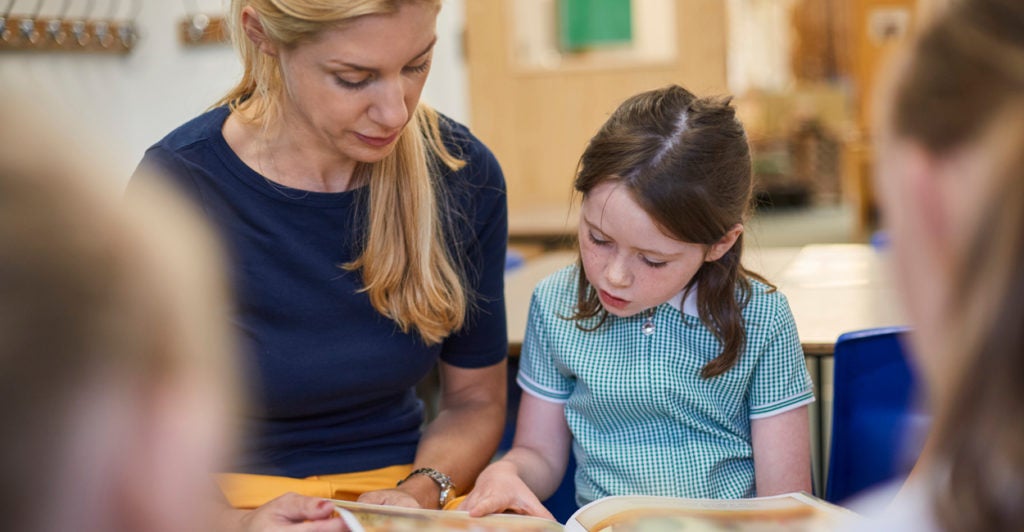It’s amazing how far school choice has come since the first National School Choice Week was held in 2011. That year, 18 states and Washington, D.C., offered 31 school choice programs (vouchers, tax credits, and education savings accounts) enabling some 212,000 students to attend a private school of choice.
Today, 65 private school choice options are operating in 29 states, Washington, D.C., and Puerto Rico. More than 482,000 students across the country are exercising private school choice—more than double the number of programs and students since National School Choice Week first launched in 2011.
It’s why this week, we’re celebrating the ninth annual School Choice Week to keep the progress going.
Innovative Options Across the Country
Not only have the number of schooling options swelled in recent years, but so has innovation within the education sector. Education savings accounts, also established in 2011, enable families to direct the funds that would have been spent by the state on their child in the public system.
State funds for each pupil are deposited directly into a parent-controlled account, and families can then use those funds to pay for private school tuition, online learning, special education services and therapies, private tutoring, and a host of other education-related services, products, and providers.
The innovation afforded through education savings accounts can put children on an entirely different educational trajectory.
Take the story of one Arizona woman, whose son was diagnosed at 18 months with autism and a severe sensory and auditory processing disorder. Although the district system said he would need to be in the maximum restrictive environment in school, this mom wanted something different.
She entered Arizona’s education savings account program, and uses her son’s account to pay for personal tutors, specially tailored curriculum, and art and music specialists. Thanks to education choice, her son is getting a customized education that is helping him reach his full potential.
A total of five states—Arizona, Florida, Mississippi, Tennessee, and North Carolina—currently have education savings account options in place, and several other states are seriously considering them this year.
Federal Spotlight
National School Choice Week is also a great opportunity to consider possibilities for federal policymakers to advance education choice. Although education is primarily a state and local issue, the federal government does have a constitutional warrant to advance education choice options for a few special student populations: children from military families, children living in Washington, D.C., and Native American students on tribal lands.
Last year, Rep. Jim Banks, R-Ind., and Sen. Ben Sasse, R-Neb., introduced a proposal to provide children of military families with education savings accounts. Providing education choice to military families is sound education policy and meets a critical national security need.
In 2017, the Military Times conducted a survey of its readers in which 35 percent of respondents said that dissatisfaction with their child’s education was a “significant factor” in their decision to remain in or leave military service. And in a nationally representative survey of active-duty and veteran families conducted by EdChoice last year, three-quarters of active-duty respondents supported the idea of providing their children with education savings accounts to ensure they can find education options that are the right fit for them.
Making 2019 a Record Year for School Choice
Across the country, states like Texas, West Virginia, Oklahoma, and Indiana are considering establishing education savings accounts to provide education flexibility to as many families as possible. And at the federal level, the Trump administration’s support for parental choice in education bodes well for federally appropriate options, such as education savings accounts for military families.
We Americans experience choice and customization in nearly all aspects of our lives—from food delivery and television to transportation and even tele-medicine—so choice and customization in education should be the norm, rather than the exception.
Education choice improves academic outcomes, leads to more satisfaction among parents, enhances school safety, reduces criminal behavior, and can have positive impacts on later life outcomes, such as earnings.
This National School Choice Week, let’s renew our work to extend those benefits to every single child in America.
This article has been modified since publication to remove the names of two individuals, after a request from one of the individuals.
